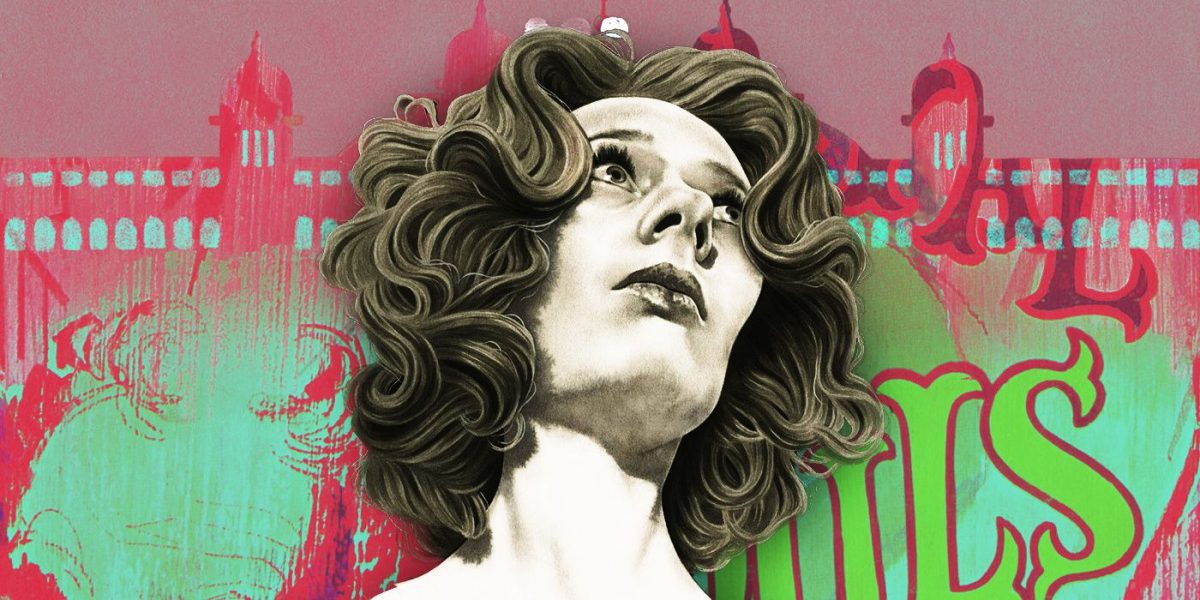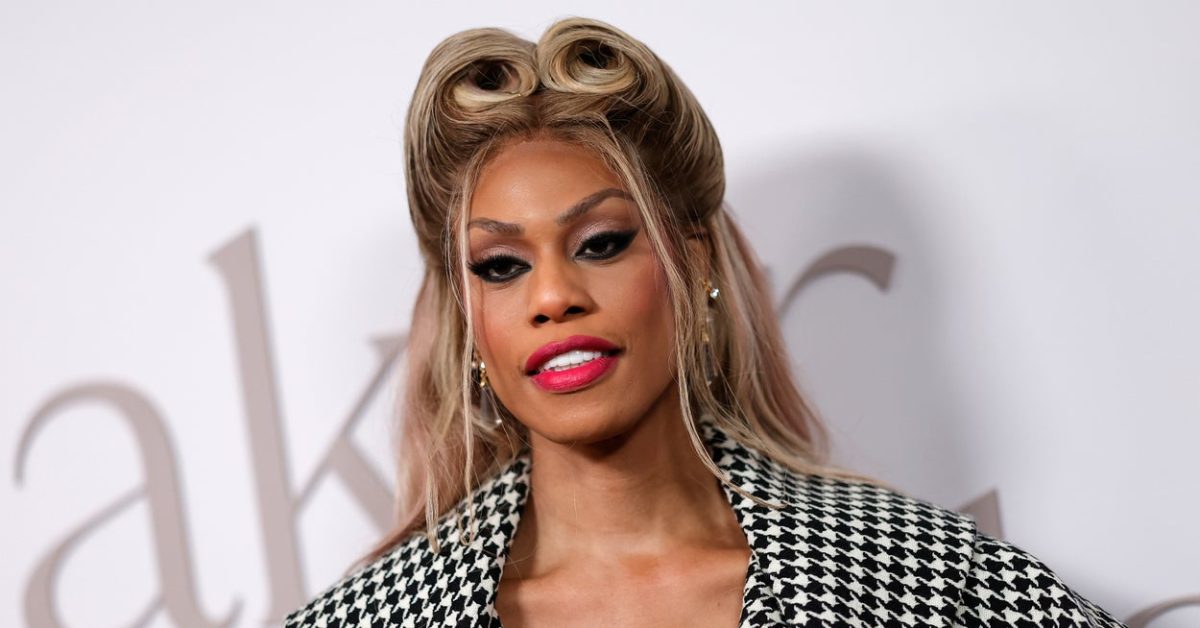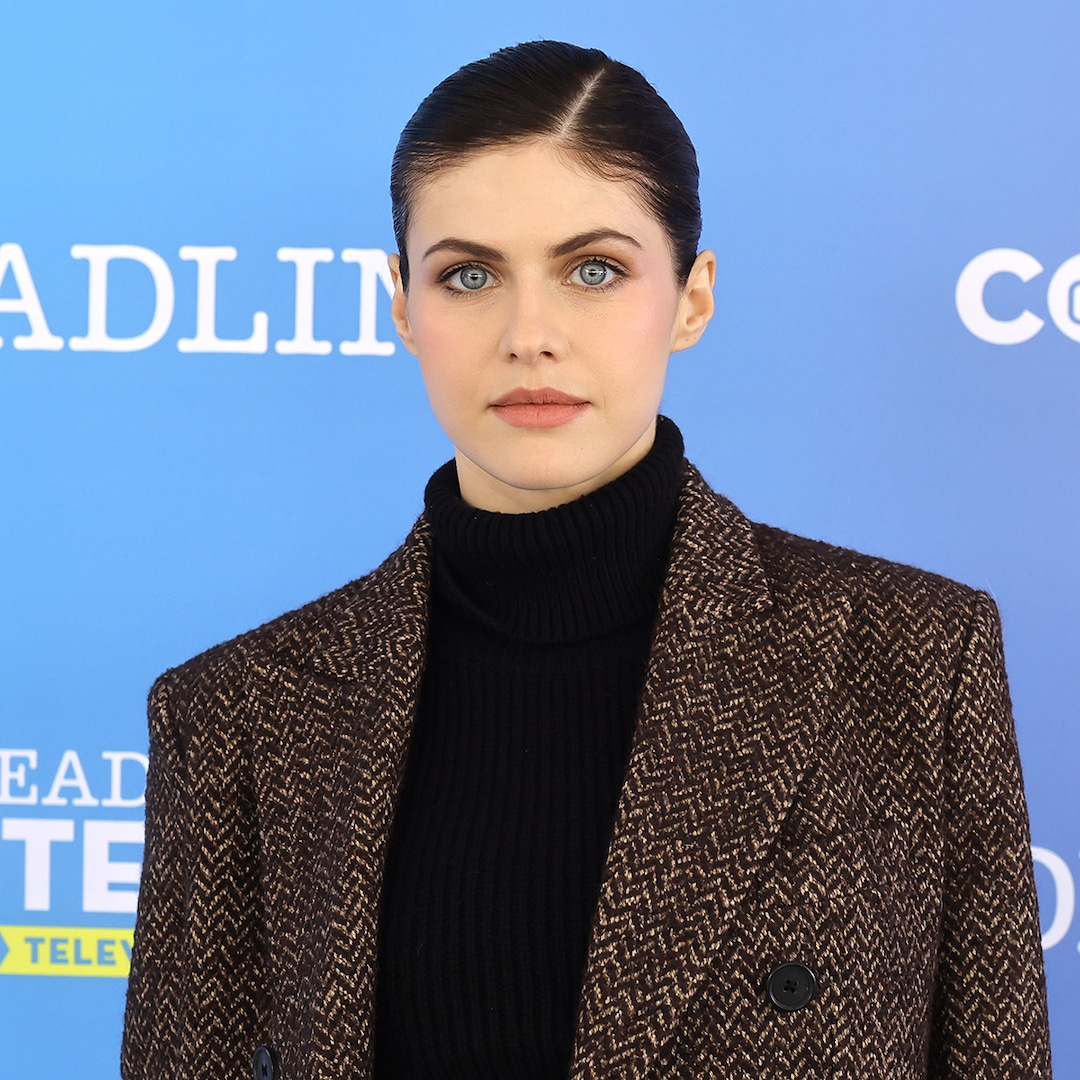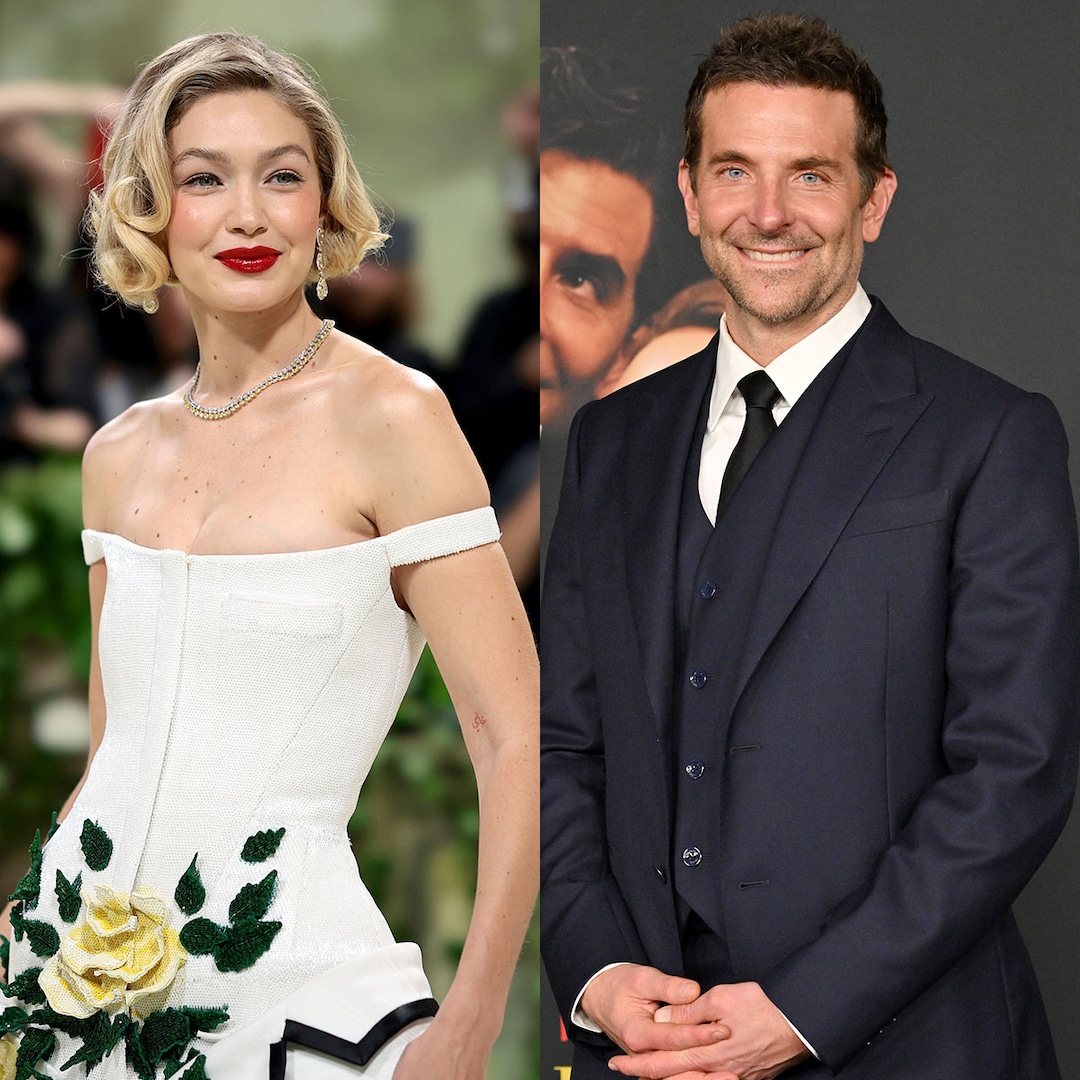
This Surreal Horror Movie on Max Is One of the Most Influential Films Ever
May 6, 2024
The Big Picture
Carnival of Souls
, a low-budget horror film from 1962, defied expectations and found a cult following over the years.
The film’s documentary aesthetic and focus on a strong female hero set it apart from other horror movies of its time.
With its apparent influence on the works of directors like George Romero and David Lynch,
Carnival of Souls
remains a must-see for horror fans.
Some horror movies, such as Jordan Peele’s Get Out, are immediate commercial and cultural successes. Others, like Robin Hardy’s The Wicker Man, take time to seep into the popular consciousness, finding their audience in coming generations. Herk Harvey’s Carnival of Souls belongs to the latter group, an ultra-low budget effort from 1962 that has all the hallmarks of a Mystery Science Theatre 3000 offering – amateurish acting, stilted dialogue, and some oddball directorial choices. Yet the uncanny power of Carnival of Souls meant it would be rediscovered through the years via late-night showings and a growing cult following. An ethereal zombie movie that rose from the grave to thrill discerning viewers, it influenced the work of some key directors, making it a must-see for horror fans.
Carnival of Souls A woman begins experiencing unsettling phenomena following a near-fatal car accident. As her visions intensify, she is inexplicably drawn to an eerie, abandoned amusement park, where the boundary between the real and the surreal begins to blur.Release Date September 26, 1962 Director Herk Harvey Cast Candace Hilligoss , Frances Feist , Sidney Berger , Art Ellison , Stan Levitt , Tom McGinnis Runtime 84 minutes Writers John Clifford , Herk Harvey
‘Carnival of Souls’ Was Ahead of Its Time
At the beginning of Carnival of Souls, a road race leads to a car containing three women plunging off a bridge. Several hours later, one of the women, Mary Henry (Candace Hilligoss), shockingly emerges from the river with no memory of how she survived. This opening sets up two elements that contribute greatly to the movie’s success. The first is a documentary aesthetic that was unusual for horror films of the time. Shot completely on location, the car chase and later scenes of locals dredging the river are handled with a detached realism that was influenced by Harvey’s background as a filmmaker. He was a director of industrial and educational films (his earlier None for the Road was about the dangers of teen road racing) and places the actions inside the speeding cars using handheld Arriflex cameras common to news footage. The matter-of-fact framing of these opening sequences prefigures the work of George A. Romero in Night of the Living Dead, particularly the later scenes of the armed posse on the hunt for zombies.
The second element that makes Carnival of Souls stand out is the strangeness of the set-up. Mary has no memory of the crash or how she survived, and the abruptness of the opening scenes means that we have no background for how she got there either. Clearly terrified at the prospect of an illegal street race, Mary doesn’t speak or interact with her female companions in the car. It’s an immediately disorienting aspect of the film as it makes little sense why Mary, an aspiring church organist, is involved with a bunch of juvenile delinquents. She’s out of place in the company and situation, although she’ll be an outsider throughout the film.
After the startling moment when Mary emerges from the river, we move ahead to her standing on the bridge as she surveys the ongoing dredging operation without emotion. There’s another abrupt cut to her operating a church organ in a factory, once again showing Harvey’s industrial filmmaking roots. Shot in the Reuter Organ Company in Lawrence, Kansas, it’s an example of his excellent use of real locations; in particular, a stunning shot looking down on Mary amidst the incongruous gothic splendor of the organ pipes in the factory. The scene also establishes her as an unconventional hero.
‘Carnival of Souls’ Has a Strong Female Hero at Its Center
Image via Herz-Lion International Corp.
We learn that Mary’s leaving for Salt Lake City to take a job as a church organist. “I’m not taking the vows, I’m only going to play the organ,” she asserts, shocking the factory owner, who assumed she’s religious as well as a technically brilliant player. He tells her to put more soul into the playing, to which she rolls her eyes. When he asks her to drop by to say hello if she’s ever in town, Mary coolly replies that she’s never coming back. Mary encounters similar male authority figures during the film, including a church minister and a doctor, and consistently shows little regard for their opinions. The film is all about her in a way that recalls earlier horrors such as Val Lewton’s Cat People, although for the time its consistent focus on a female hero was unusual.
Related This ’60s Neo-Noir Film Inspired David Lynch, From ‘Twin Peaks’ to ‘Blue Velvet’ A psychotic killer torments a young woman in a town called Twin Peaks…sound familiar?
As Mary, actor Hilligoss might look like a protagonist from an Alfred Hitchcock movie of the period, but she isn’t framed like one. Psycho’s Marion Crane (Janet Leigh) is another female protagonist driving away from trauma, but she’s killed off less than halfway through the film. In Hitchcock’s later Marnie, the psychological journey of Tippi Hedren’s title character is dictated more by the efforts of her manipulative male partner (Sean Connery). Mary may be increasingly driven by visions and compulsions, but she remains resolutely the center of the film in a way that was uncommon for both thrillers and horror movies of the time.
At her boarding house, she attracts the attention of another tenant, John Linden (Sidney Berger), a clumsy sexual predator who tries to get her drunk at breakfast. Her cool demeanor makes him look especially pathetic, but it becomes apparent Mary isn’t interested in people at all. She constantly surprises the characters around her by rebuffing even the most basic social contact, such as a welcome party at the church. “I have no desire for the close company of other people,” she admits to Dr. Samuels (Stan Levitt), highlighting the twisted logic of taking a job in a communal location where individuals go for connection. Samuels repeatedly asserts (somewhat comically) that he’s not a psychiatrist. Still, Mary wastes no time in shooting down his theories about repressed guilt, choosing instead to confront her fears head-on.
Mary Is Haunted by Zombie-Like Figures
While Mary is a compelling female hero for the time, the events that unfold around her take on the nature of a dream. She first sees “The Man,” a ghoulish figure played by director Harvey, as an apparition during the night drive to her new job. He appears fleetingly in the window of Mary’s apartment, although she seems strangely unconcerned (later she’ll go so far as accepting a date with Linden just so she doesn’t have to be alone with the visions). Mary’s zombie-like compulsion towards an abandoned pavilion on the shores of Great Salt Lake telegraphs the film’s final twist, which will come as no surprise to a modern audience. The influence of Carnival of Souls on zombie movies can be seen most clearly in the corpse-like make-up and staring eyes of the apparitions Mary encounters at the pavilion; except that they’re fast movers (even dancers) rather than the shufflers of Romero’s movies and The Walking Dead.
Carnival of Souls is more eerie than scary, in keeping with its themes about humanity and mortality. Along with Hilligoss’ unforgettably idiosyncratic performance, the organ score is its greatest asset, persistent throughout the film, giving a truly strange aspect to mundane scenes. When Mary goes into a fugue state and starts playing the creepy organ music from the soundtrack, the minister is outraged and throws her out of the church. In two significant scenes, all sound is drained from the world, leaving Mary even more detached from the people around her. For one odd moment, she appears to break the fourth wall, looking directly at the camera and shouting, “You can hear me!” If the organ music represents repressed urges rising to the surface, then silence brings disconnection from other people and one’s own desires.
Director Herk Harvey’s Vision for ‘Carnival of Souls’
Image via Herts-Lion International Corp.
Despite working on a shoestring budget of $30,000, director Herk Harvey had a clear vision of what he could accomplish visually with Carnival of Souls. When speaking about the film’s production during a 1983 interview, Harvey cites the works of French filmmaker Jean Cocteau as a strong visual influence on the film, particularly works such as The Blood of a Poet and Beauty and the Beast. “In black and white, you really get strong imagery, and then you get sort of an ethereal sense, the picture giving you a ‘not of this earth’ type quality,” he shares in reference to Cocteau, whose fingerprints can be found all over Carnival of Souls. It’s the dreamy, almost avant-garde-like visual cues that upgrade Carnival of Souls from what Harvey calls “the basic concept” of a poltergeist to a more ethereal viewing experience:
“The basic concept was like poltergeist…the fact that there is the possibility of energy coming out in a three dimensional form. . . [When Mary] went off the bridge with the other two girls, she was not ready to die. She hadn’t lived that much and had a terrific fight to stay alive – and as such, became what amounts to a poltergeist, or a recreation of matter in energy form and existed for a period of time in that form until finally, death keeps calling her back.”
Mary’s visions and nightmarish encounters with “The Man” are unnerving all on their own, but the film’s disorienting visuals slashed across a stark black and white canvas only further enhance the existential dread Mary is experiencing as a survivor questioning her own reality. Dreamlike and devastating, the stylistic elements of Carnival of Souls hammer home Mary’s fate: death is calling her back.
‘Carnival of Souls’ Inspired George Romero’s ‘Night of the Living Dead’
It’s unsurprising that Carnival of Souls was not a success on its initial release. Made on a shoestring budget, it’s decidedly rough around the edges and contains none of the schlock horror elements of the era, typified by Roger Corman’s movies. It’s an art-house ghost story that was sent out to play in drive-ins where it didn’t stand a chance. However, it found an audience in late-night reruns, the perfect time for sleepless viewers to sample its existential angst. “I don’t seem capable of being very close to people,” Mary tells Dr Samuels, a telling line in a film about feeling adrift in the world. By the mid-1980s, Carnival of Souls was established as a cult favorite, helped by Romero revealing that its make-up inspired the look of Night of the Living Dead’s zombies, although it’s still an off-the-beaten-track gem.
The 80s also saw David Lynch embrace stylistic elements from ’50s and ’60s cinema, and the influence of Carnival of Souls is apparent. When Detective Williams (George Dickerson) says “That’s a human ear, alright” about a gruesome discovery in Blue Velvet, it’s delivered in the flat, amateurish tones of the actors that populate Harvey’s film. Lynch’s small-town USA similarly abounds with compromised authority figures and pesky delinquents, while his protagonists (from Sailor and Lula to Agent Cooper) often fall into the kind of purgatory experienced by Mary. Her dreamlike disconnect from the world predates the main characters of Mulholland Drive, as does the opening car crash and amnesia. Carnival of Souls is referenced even more directly in Lucrecia Martel’s 2008 movie The Headless Woman, whose protagonist experiences trauma and questions her reality after a car crash.
Carnival of Souls is a true one-off that casts a long shadow. Equal parts brilliant and half-baked, its style has clearly had an impact on important directors, most notably Lynch. Unlike the scores of disposable horror movies made at the time, it succeeds in being a mind-worm that isn’t easily forgotten. Some films have an undeniable power and Carnival of Souls is a perfect example. It’s particularly memorable for its hero who, as played by Hilligoss, should be right up there with horror’s greatest protagonists – one who rises from the dead and follows the mystery on her own terms.
Carnival of Souls is available to stream on Max.
Watch on Max
Publisher: Source link
Laverne Cox Reacts To Donald Trump’s Election Win
Laverne Cox discussed why she's considering leaving the US following Donald Trump's win in the 2024 election. In a new interview with Variety, Laverne said that she and several friends were considering a move: "We’re doing research on different cities…
Nov 14, 2024
Alexandra Daddario Reveals Postpartum Body 6 Days After Giving Birth
Alexandra Daddario Shares Candid Photo of Her Postpartum Body 6 Days After Giving BirthAlexandra Daddario is embracing new motherhood. Days after welcoming her first baby with husband Andrew Form, the White Lotus alum shared a photo of her postpartum body…
Nov 14, 2024
Fans Are Reacting To Rihanna's Recent Comments About Shifting From Her Music Career, And They're Worried To Say The Least
"She tryna tell yall that she not releasing any music baby," one user wrote.View Entire Post › Disclaimer: This story is auto-aggregated by a computer program and has not been created or edited by filmibee.Publisher: Source link
Nov 13, 2024
Gigi Hadid & Bradley Cooper Twin During Limitlessly Chic NYC Date
A twinning moment is born. Gigi Hadid and Bradley Cooper—who have been quietly linked since October 2023—proved their romance is as strong as ever as they stepped out in coordinating looks for a stroll in New York City on Nov.…
Nov 13, 2024











